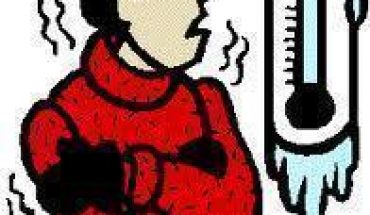A headache can be classified as a pain or ache in the head or upper portion of the neck. It is one of the most common pains the body experiences, and may be caused by different factors or triggers. The causes of headaches are fundamentally unknown. The medical experts, however, have sought to classify headaches into three main categories. These are Primary headaches, Secondary headaches and Cranial Neuralgias.
Primary headaches
Primary headaches include migraines, tension headaches, and cluster headaches. These are the headaches that people experience daily all around the world. The most common of the three is the tension headache.
Tension headaches
Tension headaches affect as many as 90% of the world’s population. They occur more frequently in women, and the exact cause for this is unknown. The theory is, however, that these headaches occur whenever the muscles covering the skull become stressed and spasm. Tension headaches usually occur as a result of physical, or emotional stresses. These stresses or triggers include, but are not limited to, hard and extended manual labor, sitting before a computer for long periods without a break, and emotional triggers such as anxiety.
Migraines
Migraines are the second most common type of Primary headache. They can affect children and adults equally, and affect more women than men. A migraine trigger can be anything within the physical environment that induces a headache. Examples of migraine triggers include, stress, lack of sleep, fasting, (going without food for long intervals), hormones (during pregnancy, menstruation, and menopause), bright, and or flickering lights, certain odors, cigarette smoke, alcohol and caffeine, to name a few. It is important to note, that different triggers affect different migraine sufferers in different ways, and that not all triggers will affect everyone in the same way.
Cluster headaches
Cluster headaches are the rarest type of Primary headaches and affect one in every one thousand people worldwide. Cluster headaches have no known cause and are thought to occur when there is abnormality in the brain’s hypothalamus. Cluster headaches are hereditary, and may be triggered by sleep deprivation, and certain medications like nitroglycerin, cigarette smoke, alcohol, and foods like chocolate.
Secondary headaches
Secondary headaches are caused by underlying conditions that can affect the head or the neck. These conditions are usually medically diagnosed, and include bleeding in the brain, the existence of a tumor in the brain, and or chronic diseases such as Meningitis, and Encephalitis.
Cranial Neuralgia
Cranial Neuralgia refers to a headache that occurs when the nerves in the head, and upper neck become infected, or are damaged in any way. Facial pain is also included in this category of headaches, and may be caused by an abscessed tooth, a sinus infection (inflammation of the sinuses), and other disorders that may result in acute facial pain, for example, Temporomandibular joint disorders (TMJ) where the jaw joint becomes damaged.
Whatever the type of headache, rest and good nutrition are fundamentally important.





